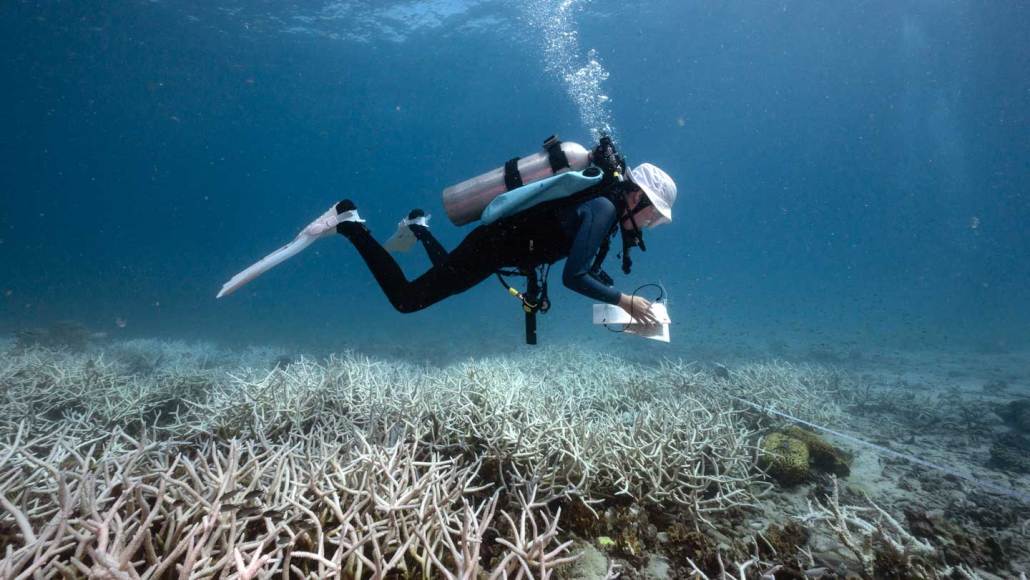
Climate
Global coral die-offs signal Earth’s first climate tipping point
The corals offer a dire warning, scientists say, and suggests that more such catastrophic points of no return could occur soon — some within a decade.
Come explore with us!

The corals offer a dire warning, scientists say, and suggests that more such catastrophic points of no return could occur soon — some within a decade.

These fish have skeletons made of cartilage, not bone — and aren’t nearly as scary as portrayed in the media.

Heidy Martinez never wanted to study sharks as a kid. That changed after encountering a white shark in South Africa.

Some migrating cetaceans move thousands of miles to their breeding grounds, where whale urine fertilizes ocean waters with valuable nutrients.

Two ISEF finalists want to foster growth of new coral reefs. So these teens designed and built self-navigating, undersea houseboats for coral larvae.

Taste buds on those legs may explain why northern sea robins are so good at finding food that is buried in the sandy seafloor.

Video shows narwhals using their tusks to prod — even flip — fish they don’t target as prey. It’s the first reported evidence of these whales playing.

Bold engineering projects might stabilize Thwaites Glacier and slow sea level rise. But no one knows if they will work — or have serious side effects.

A teen researcher investigated bowhead whales and found their migrations may be responding to a changing sea current.

Scientists are studying extraterrestrial moons for clues to how planets form, how life began — and whether there’s life out there right now.